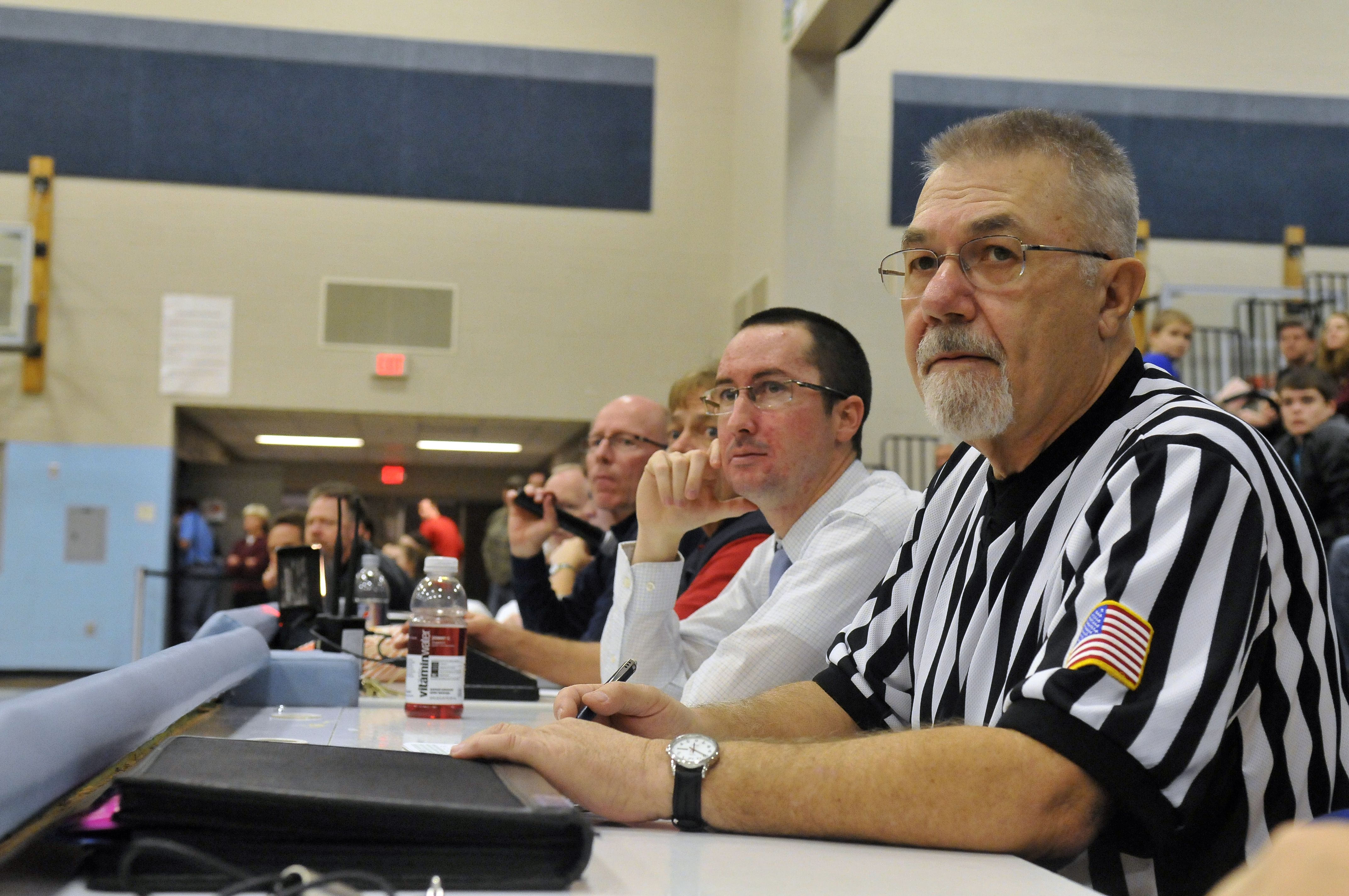Bill Pierce’s prep almanac: Track and Field 1916 vs 2016
There have been a lot of changes to high school track and field over the years. Looking back at an Inland Empire interscholastic meet held in Pullman in May of 1916, and comparing the results with the recent April 23rd Mooberry Relays shows the evolution of prep athletics over the last century.
In 1916, only boys competed in track and field. Title IX was nearly 60 years in the future. Distances have changed from yards to meters. Pole vaulters in 1916 used a bamboo or metal pole. Fiberglass was a half-century away.
Training, specialty coaching, and diet have all given the athletes of today a significant advantage. Even with that, some of the young men of 1916 were suburb athletes.
Evan Pearson of North Central was the star that long ago spring day, winning the 50-, 100- and 200-yard dashes and anchored the winning relay team. He amassed 16 ¼ points on his own as NC won the event over Colfax by five points.
Phillip Hoffman of Walla Walla won the pole vault with a record-breaking height of 10 feet, 9 inches using the old pole. Kaleb Taylor of Gonzaga Prep hit 14-6 at Mooberry.
Zach Annanie of Lakeside won the javelin at Mooberry with a throw of 173.09, 40 feet further than the winner in 1916. Reg Bullivant of North Central had just dropped out of school back then and didn’t compete. At the time he held the national high school javelin record at 160-2.
Noah Martin of University, the male athlete of the Mooberry event, with his high jump of 7-3, was nearly two feet better than Herman Miller of LC in 1916. Miller won the event with a leap of only 5-4 ¾.
Joseph Heitman of Mead won the Mooberry long jump with a leap of 22 feet. In 1916, Clint Sohns of NC hit 20-10 in what was then called the broad jump.
While today’s athletes obviously do better than the athletes of 1916, many of the lads of old would still be very competitive today if time could only allow them that chance.
